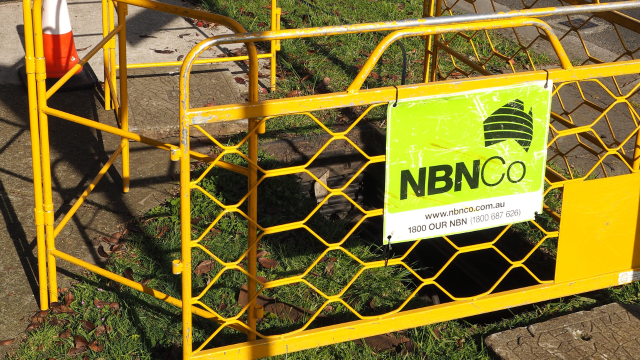It’s tough getting your head around the complexities of the NBN, including the connection type your home might be serviced with. Fret not, we’re here to help.
Here’s how you can identify which NBN you’re using and which NBN type is the fastest.
How do I know my NBN type?
The easiest way to check what NBN type your home is serviced with is by going on the NBN website and using their tool.
By entering your address into the tool, you’ll be told which technology is being used at your premises, whether or not you’re eligible for high-speed plans, and ultimately if the NBN has been previously connected at the address.
This is significantly useful for internet-reliant renters. If you’re thinking of moving into a property, but you’re unsure of whether or not it has the NBN, you can check using the NBN tool.
You’ll also be told on the tool whether or not the premises has been previously activated with the NBN. This means that the address could be serviceable by the NBN, but it hasn’t been previously set up. This is important for some technology types more than others, such as HFC or FTTC, which require an NBN box to be installed inside of your home to properly work. This won’t usually result in paying for a setup, but a technician will have to come around to install the technology.
If your address is a new property or development, then it may cost you up to $300 to have the NBN installed.
Additionally, eligible homes (with FTTN or FTTC NBN connection types) can upgrade to FTTP with a high-speed plan through an NBN provider. You can check your eligibility on the NBN website.
[related_content first=”1231135″]
What NBN type is best?
The best NBN type in Australia, by maximum speed available, is Fibre to the Premises (FTTP), which can achieve speeds of up to 1,000Mbps. Some Hybrid-Fibre Coaxial (HFC) connections can achieve these speeds, but most max out at 250Mbps, making HFC the second fastest NBN type available. These connection types require an NBN-provided connection box to be installed in your home.
[related_content first=”1751230″]
From here, things become increasingly node-dependent: the further you are from your local NBN node, the slower the internet connection at your home will be. This is less of a problem for Fibre to the Curb (FTTC) connections, where the node is typically located on the street the address is located. Copper wiring, which is slower than the fibre cables used in FTTP and HFC connections, is also utilised from here on out. FTTC requires an NBN-provided connection box to be installed inside your home.
This is followed by Fibre to the Node (FTTN) and Fibre to the Building (FTTB) connections, which involve a large area serviced by a single node, which often results in peak hour bottle-necks (as more people are using the internet) and slower speeds, depending on the distance from the node. 1.5 million FTTN connections are set to be upgraded as a part of the next round of NBN upgrades, as announced on October 20. FTTN and FTTB connections do not need a special NBN box at the home.
These are the fixed-line connections on offer, but Fixed Wireless NBN is also a common connection type in regional and rural Australia. This connection type uses radio signals to transmit data and involves the installation of an antenna on the outside of your home and a connection box on the inside. This is similar to Sky Muster NBN, which uses a satellite to transmit data to and from your home. Keep in mind that these connection types, as they rely on wireless signals, are typically the slowest and have slower plans available to customers.
Are some NBN types more expensive than others?
Fixed-line NBN connection types are all capable of using the same range of plans from NBN providers, apart from the super-fast and ultra-fast NBN plans available exclusively to FTTP and HFC customers. This means that NBN plans, for FTTP, HFC, FTTN, FTTC and FTTB customers, are all as expensive as each other.
The pricing structure for Fixed Wireless NBN and Sky Muster NBN is a bit different, as the plans on offer with these connection types are specific to the technology being used.
That’s about it on NBN connection types. If you’d like a speed boost, here’s what you should do to optimise your home internet.
